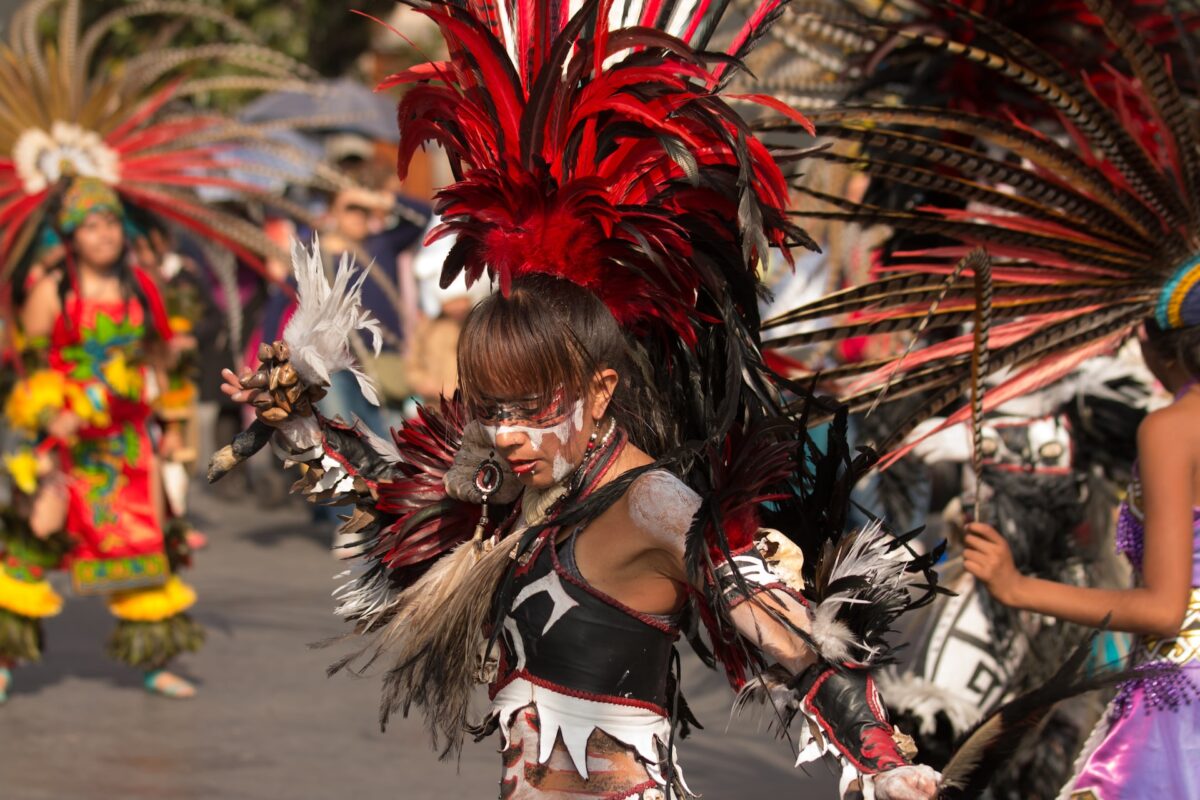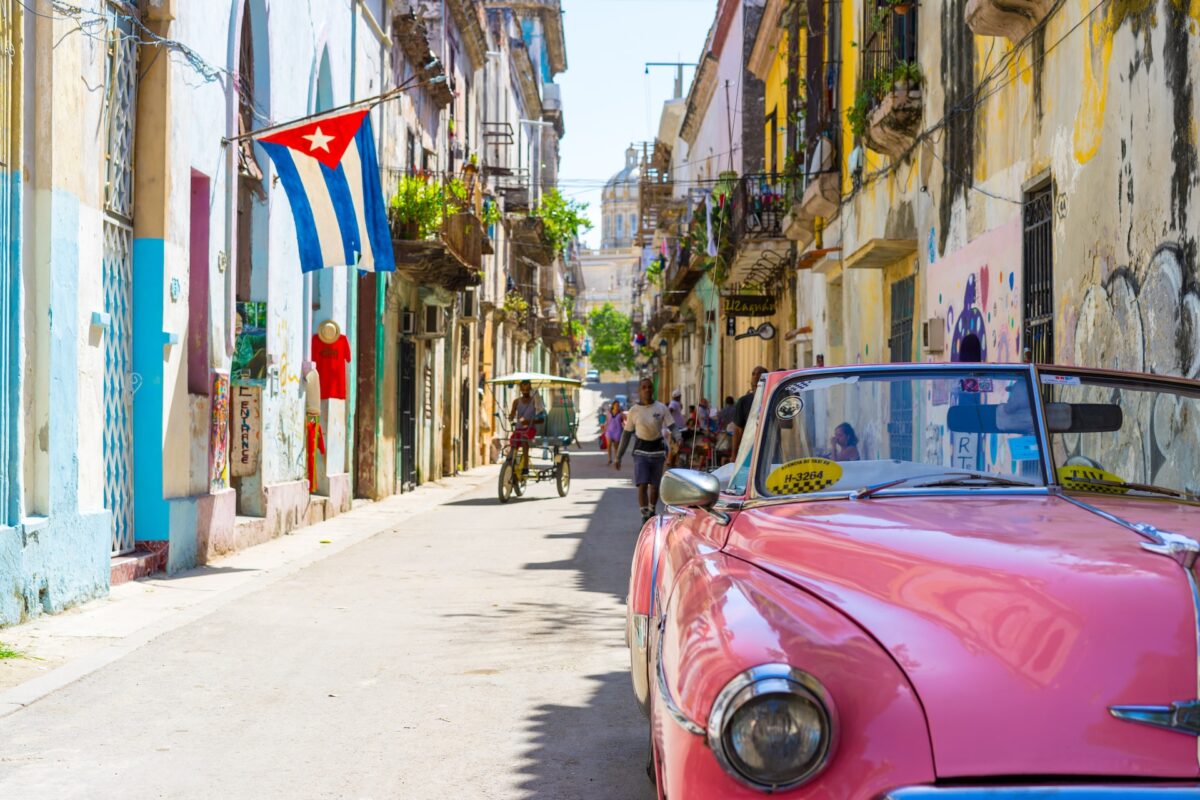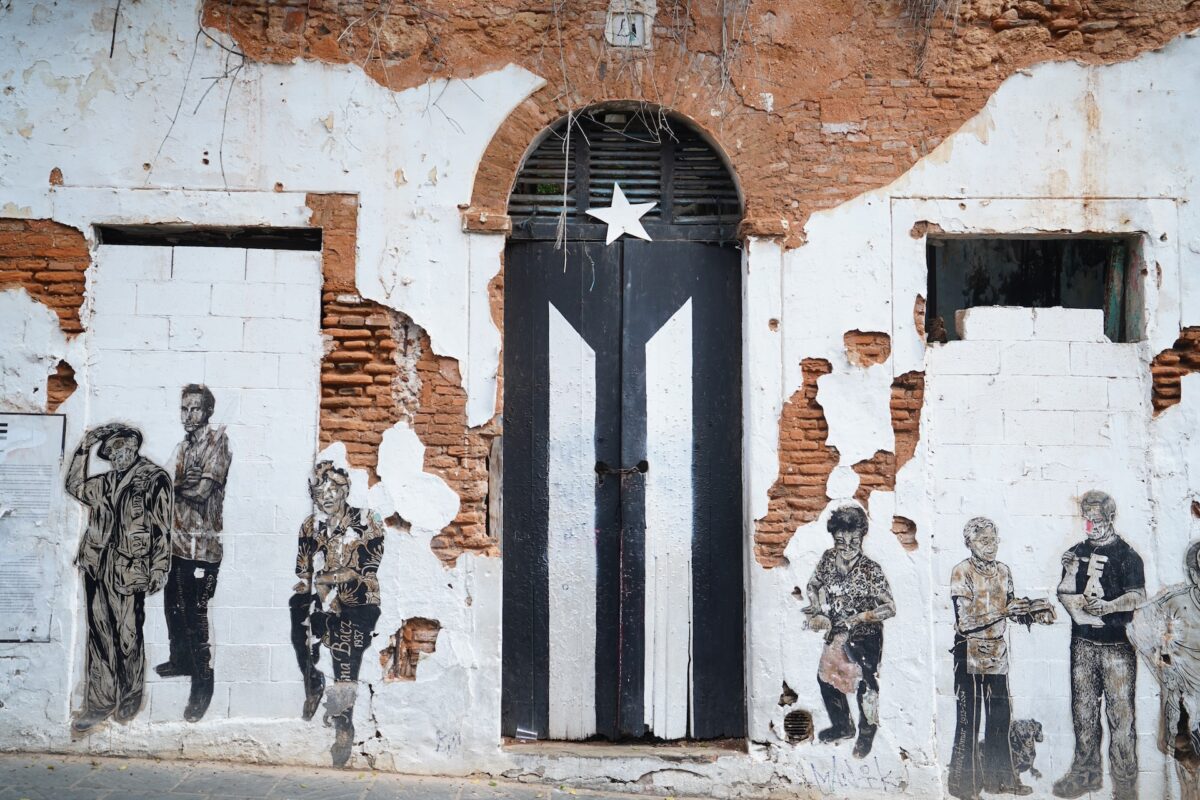
Welcome to the Caribbean! A region that boasts a rich and diverse cultural heritage, breathtaking natural beauty, and a fascinating history that has shaped the identity of its people. As someone fortunate enough to have visited places like Santo Domingo, Aruba, and Cuba, I am excited to take you on a journey of discovery through this captivating region. One that aims to explore the rich culture and history of the Caribbean.
The Cultural Mosaic of the Caribbean
As I made my way through the Caribbean, I was struck by the incredible diversity of cultures that make up the region. From the languages spoken to the religions practiced, the Caribbean is a true melting pot of different traditions.
Language is a crucial aspect of Caribbean culture, with many islands boasting multiple official languages. English is widely spoken throughout the region. Nevertheless, Spanish, French, Dutch, and Creole are also commonly used. This linguistic diversity reflects the many countries that have influenced the region throughout its history. Religion is another important facet of Caribbean culture. Christianity is the dominant religion in the region, with both Protestant and Catholic denominations present. However, there are also significant populations of Hindus, Muslims, and Rastafarians.
However, the music and dance traditions are perhaps the most vibrant aspect of Caribbean culture. Each island has a unique sound and rhythm, from Jamaica reggae to Puerto Rico salsa. I was fortunate enough to witness the incredible energy of carnival in Trinidad and Tobago, where the streets were filled with the sound of steel drums and revelers’ colorful costumes.

And, of course, no discussion of the culture and history of the Caribbean would be complete without mentioning the food. The region’s cuisine is a delicious fusion of African, European, and indigenous influences, featuring fresh seafood, tropical fruits, and spices. From Jamaican jerk chicken to Trinidadian doubles, the food in the Caribbean is a true pleasure for the taste buds.
Having read about the cultural haven the Caribbean is, you may be thinking of visiting it yourself. Now, you might be asking yourself what to do with your items while traveling. As a long-time traveler, I suggest you rent storage while traveling and find the right facility to keep your belongings in. Choosing a self storage space should not be difficult, as storage units are available for rent everywhere you go. Ones that will allow you to fully immerse yourself in the culture and the history of the Caribbean.
The History of the Caribbean
As I delved deeper into the history of the Caribbean, I discovered a complex tapestry of triumphs and tragedies, colonization and resistance, resilience and perseverance. The pre-Columbian era saw the arrival of the indigenous peoples of the Caribbean, including the Taíno, Carib, and Arawak. They were eventually displaced and decimated by the arrival of European explorers, who brought new diseases and weapons of war.
The arrival of Europeans also ushered in the era of the transatlantic slave trade, which had a profound impact on the region’s history. Millions of Africans were forcibly brought to the Caribbean to work on sugar, tobacco, and cotton plantations, enduring brutal conditions and the loss of their cultures and identities. However, they also forged new communities and cultural expressions, including the Afro-Caribbean religions and music traditions that continue to thrive today.
The Caribbean was also a key battleground in the struggle for independence from European colonial powers. Haiti became the first black-led republic in the world in 1804, following a successful slave revolt against France. Conversely, countries like Cuba and Puerto Rico remained under Spanish rule well into the 19th century.

In the post-colonial era, the Caribbean continued to face challenges. Common ones included economic inequality, political instability, and the lingering effects of colonialism. However, the region also produced important cultural and political figures, such as Marcus Garvey and Bob Marley. Ones that continue to inspire people worldwide to this day.
Exploring the Caribbean Today
While traveling around the area, I couldn’t help but notice tourism’s significant role in the region’s economy. From the luxury resorts in the Dominican Republic to the bustling streets of Havana, tourists are a common sight throughout the Caribbean. While tourism brings much-needed revenue to the region, it also has its drawbacks. The construction of large hotels and resorts can harm the environment and displace local communities. In addition, some workers in the tourism industry may face low wages and poor working conditions.
Despite these challenges, I was pleased to see that many Caribbean countries are taking steps to make tourism more sustainable and equitable. For example, some resorts are implementing eco-friendly practices, such as reducing plastic waste and using renewable energy sources. Other initiatives aim to promote cultural heritage and support local businesses. Additionally, programs like Dominica’s citizenship by investment are designed to attract foreign investment, which can further boost economic development and support sustainability efforts in the region.
Contemporary Caribbean Art and Literature
One of the most exciting aspects of my trip to the Caribbean was the opportunity to explore its vibrant art and literature scenes. From the colorful murals in Old San Juan to the thought-provoking works at the National Gallery of Jamaica, I was constantly inspired by the region’s creative energy. Contemporary art and literature reflect the culture and history of the Caribbean. Many artists and writers explore themes such as identity, colonialism, and migration, offering powerful insights into the regional experience.

Some of the most well-known Caribbean writers include Jamaica Kincaid, Junot Diaz, and Edwidge Danticat. Their works explore themes such as family, history, and displacement and have been recognized with prestigious literary awards. Furthermore, in the art world, Caribbean artists such as Jean-Michel Basquiat, Edouard Duval-Carrié, and Ebony G. Patterson have gained international recognition for their innovative and thought-provoking works.
The Future of the Caribbean
While the Caribbean faces many challenges, including climate change, economic inequality, and political instability, I am optimistic about its future. Many Caribbean countries invest in renewable energy, sustainable tourism, and other initiatives promoting a more just and resilient future. In addition, the region’s vibrant arts and cultural scenes offer hope and inspiration, reminding us of the strength and creativity of its people.
As I was saying goodbye to this one-of-a-kind region, I felt grateful for the experiences and memories I have gained. Now, I sure hope that more people will have the opportunity to learn about the culture and history of the Caribbean. After all, this beautiful yet diverse and complex region deserves all the recognition it can get!
 Browse Santo Domingo, Dominican Republic Tours
Browse Santo Domingo, Dominican Republic Tours
About the author:
Samantha Jefferson is a full-time writer at nycministorage.com and a part-time traveler. She’s extremely passionate about history, spending every moment of her free time with a face in history books. On rare occasions, she takes to her kitchen to make international delicacies.

